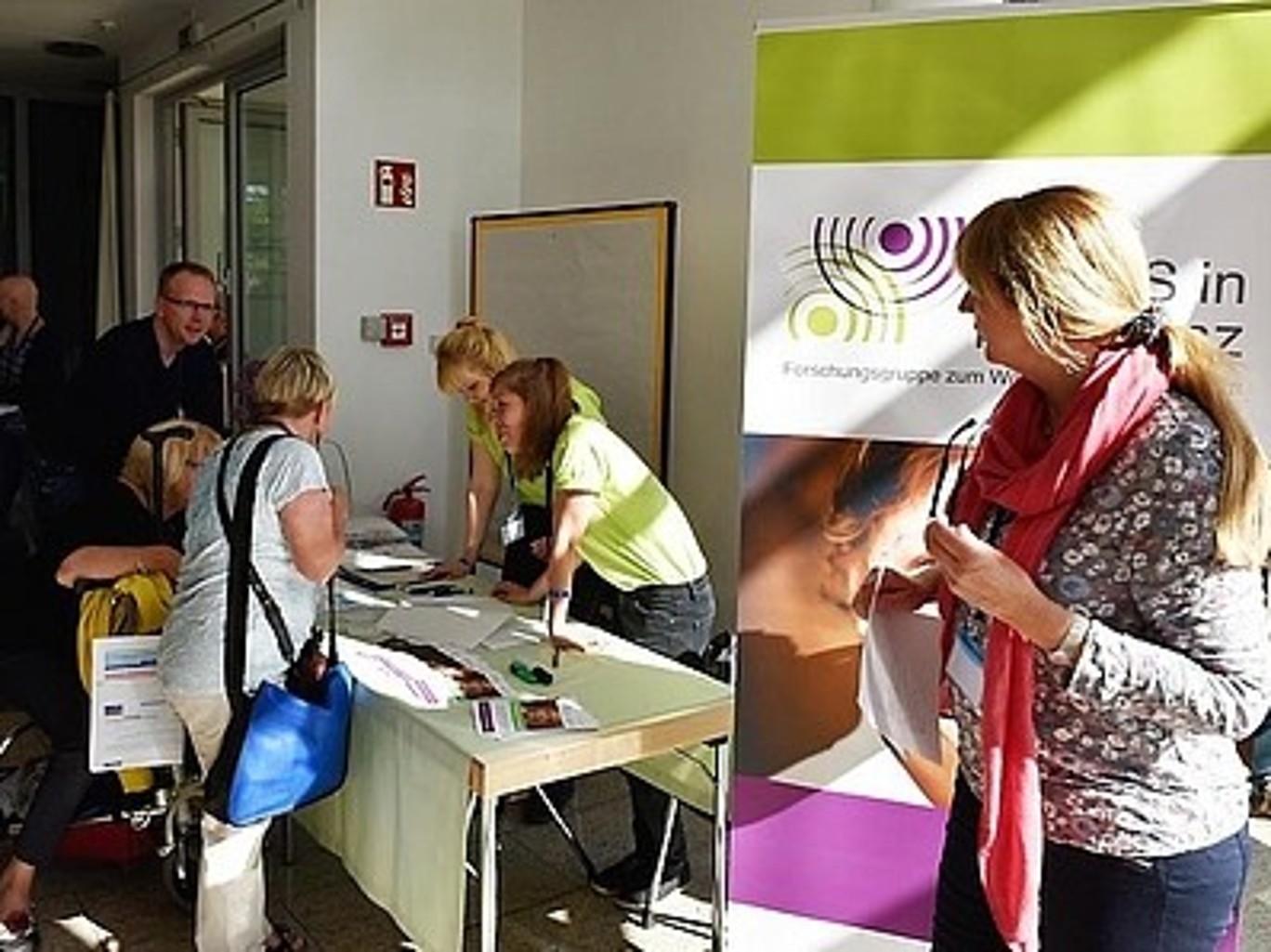Research projekt in collaboration with Bundesverband Williams-Beuren-Syndrom e.V.
Williams Beuren Syndrome (WS) is a rare, genetically determined developmental impairment usually goes hand in hand with an intellectual disability (review article: Pober, 2010). It is based on a random occurrence gene loss on chromosome 7 (Ewart et al., 1993). The prevalence of this rare disease is estimated to be 1: 7,500 (Stromme & Bjomstad, 2002).
Genetic, neurobiological and medical foundations of the WBS are now relatively well researched, but there is a lack of everyday educational insights that would be extraordinary helpful for people with WBS, their relatives and professional guidance (Prosetzky, 2014; Danielsmeier, 2014).

Studies on the WS are almost exclusively based on a quantitative tradition of medical research (Prosetzky, 2014). As early as 2003, a transformation of the research field towards 1) greater pedagogical relevance 2) an expansion of the spectrum of methods and 3) an examination of complex relationships was required: "The Williams syndrome behavioral phenotype. The 'whole person' is missing" (Dykens, 2003, Title). Except for isolated studies (e.g. Fisher, 2014; Reis et al., 2016; Prosetzky, 2014; Danielsmeier, 2014), this transformation has so far failed to materialize.
Provide impulses for support projects and stimulate discussion about the benefits of research
The first objective was to collect data from which impulses for the design of practical support projects for people with WBS and their families can be derived. Such projects could be: buddy or godfather projects, guidelines for relatives and educators, exchange forums, training for people with WBS, their relatives and / or professional companions - depending on what the respondents consider useful.
As part of a Cuncurrent Mixed Methods Design (Creswell, 2011), 71 interviews were carried out and transcribed in two partial studies on experiences and the need for support with relatives and professional companions. A large data set of qualitative data (1,800 pages of transcript) and associated quantitative data (N = 31) was collected. The interviews have so far been evaluated in five master theses and at the same time form the empirical basis for Vera Danielsmeier's dissertation, which started in 2017: "Challenges, opportunities and goals of people with WBS - An experience and needs analysis for tailored support offers" (cooperative doctorate with University of Bremen).
The study was presented and discussed as an ongoing project on November 10 and 11, 2017 at an international WBS conference (Research advances and integrative management "Building our future") at General Hospital La Paz, Madrid. The work was the only study presented there with a qualitative and open methodological focus. The approach met with great interest from the present researchers. There was a self-critical reflection of traditional research approaches, as well as networking with interested researchers.
At the Faculty of Social Sciences at the HSZG, the research group »WBS in Resonanz« was founded by Prof. Dr. Ingolf Prosetzky and Vera Danielsmeier in 2006. The data set collected will be further evaluated in the research group and the implementation of the support projects via the group will be guaranteed. The focus of his work is the evaluation of current international research publications, the development of own theoretical and empirical research contributions, international networking with other researchers and the implementation of regional theory-practice-practice projects. The long-term goal is to develop a pedagogical WBS competence and advice center in Görlitz.

The research projekt is co-financed by tax funds on the basis of the budget decided by the members of the Saxon State Parliament.